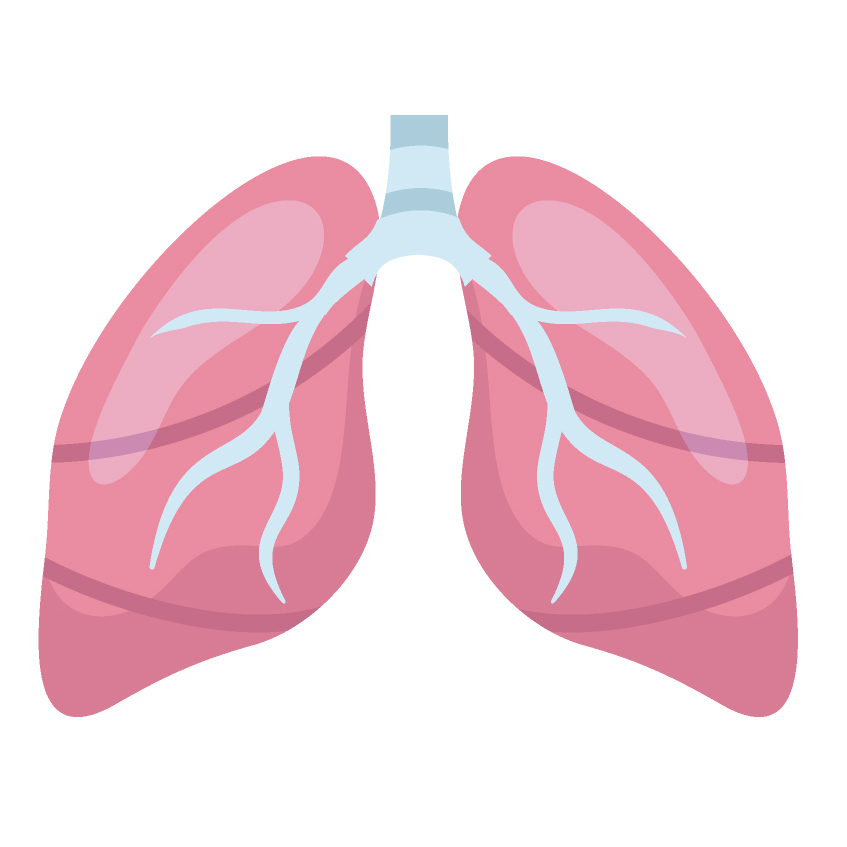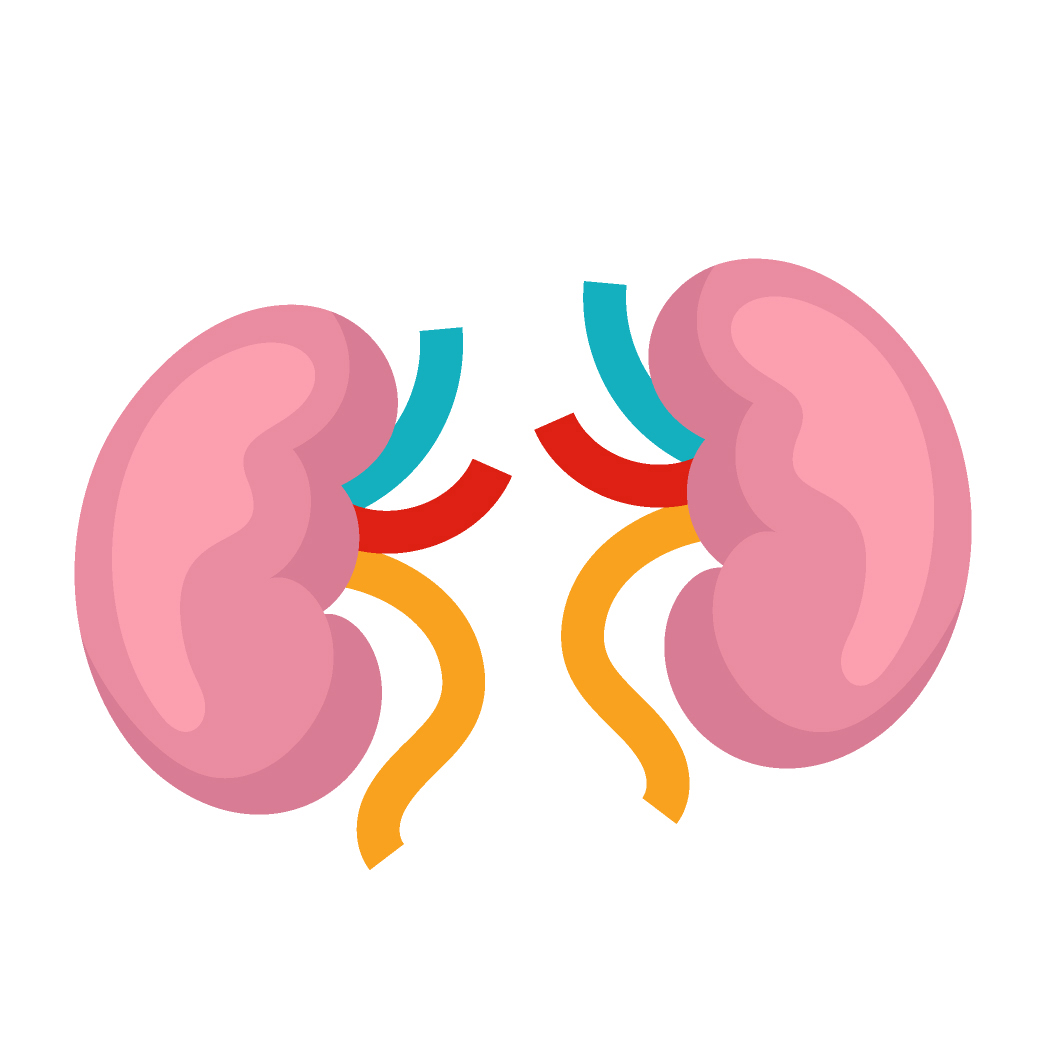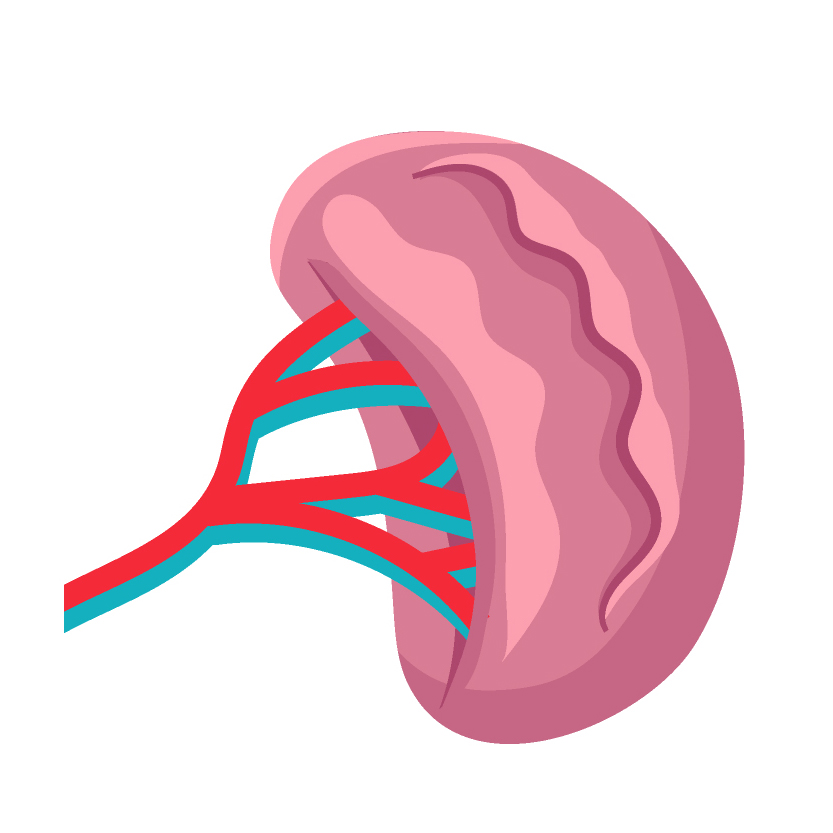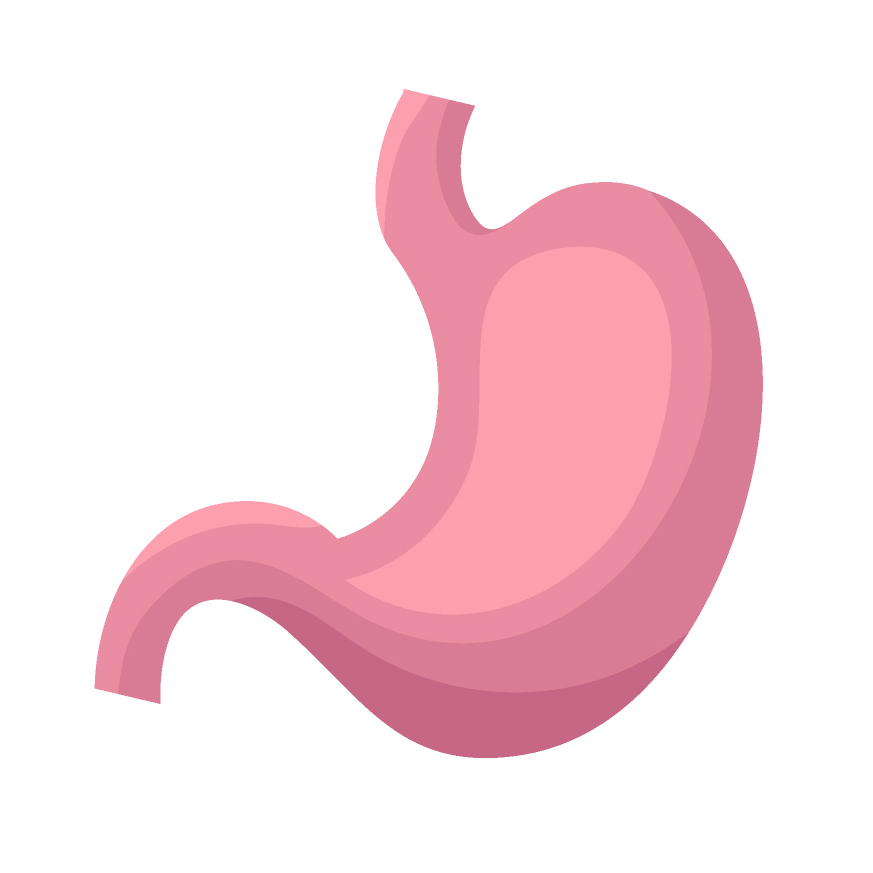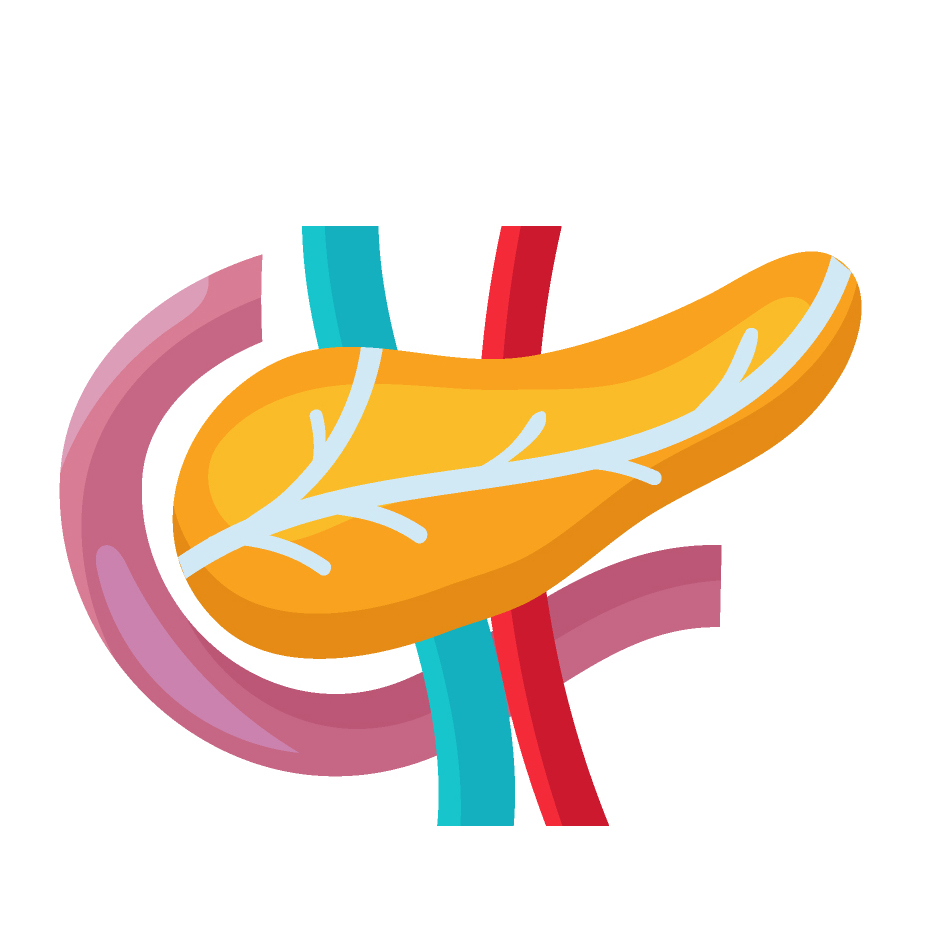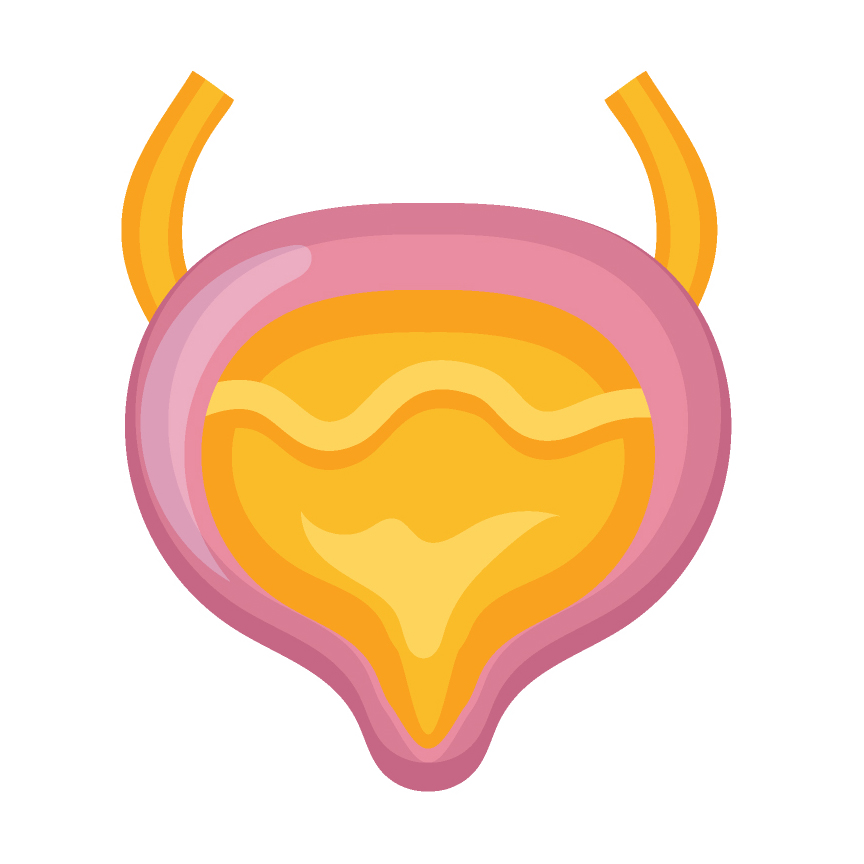A biopsy is the process of taking a small piece of tissue to learn the structure of a suspicious tissue or mass. This piece is examined by pathologists after undergoing special procedures and some vital information for treatment is obtained. While this information used to be limited only to whether the mass is cancer or not, today many important information such as the type of cancer, the rate of proliferation of cells, the involvement of vessels and nerves, the ratio of hormone receptors and genetic structure can be understood by examining a tiny piece of tissue.
Biopsy, which gives us such important information, could only be taken by surgical method until recently. However, when surgical biopsy was performed with a large incision under general anesthesia, it was not preferred by both patients and doctors because the risk of complications is high and the patient’s return to normal life is long. Thereupon, imaging-guided needle biopsies began to be performed. In these biopsies, cell samples were started to be taken by entering the suspicious mass with a thin needle under the guidance of ultrasound or tomography. This biopsy technique, called fine needle aspiration biopsy (FNAB), is rapidly replacing surgical biopsy. Today, this method is still used as the standard biopsy method in thyroid nodules and lymph node biopsies.
With the developments in pathology, when it became possible to reach the very important additional information we mentioned above from biopsy pieces over time, the necessity of biopsy pieces to be tissue pieces rather than cell samples emerged. Thereupon, cutting needle biopsy needles were developed and started to be widely used in all parts of the body, especially in the breast, liver, bone and soft tissue. Today, with the cutting needle, very important information that directly guides the treatment such as cancer type, growth rate, involvement of vessels and nerves, the amount of hormone receptors and genetic structure can be accessed. Thanks to this information, it can be understood which treatment method and even which chemotherapy drugs can be effective in the person, and cancer treatment can be applied individually.
Today, FNAB is preferred only in thyroid nodules and some lymph node biopsies. All other imaging-guided biopsy procedures are performed by taking tissue pieces with a cutting needle. In breast and subcutaneous tissues, it is sometimes preferable to remove the entire mass. In these cases, the entire suspicious mass can be taken out as a whole or in small pieces without surgery with the BLES (Breast Lesion Excision System) and Vacuum Biopsy System.

